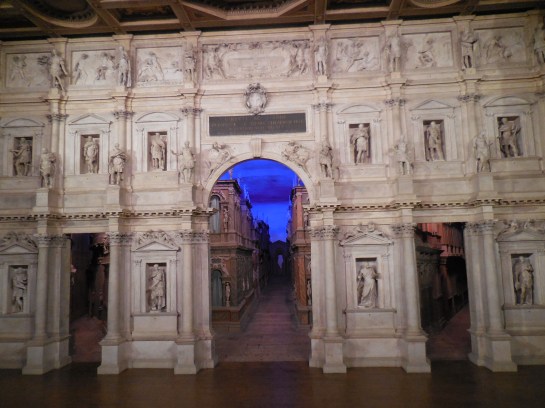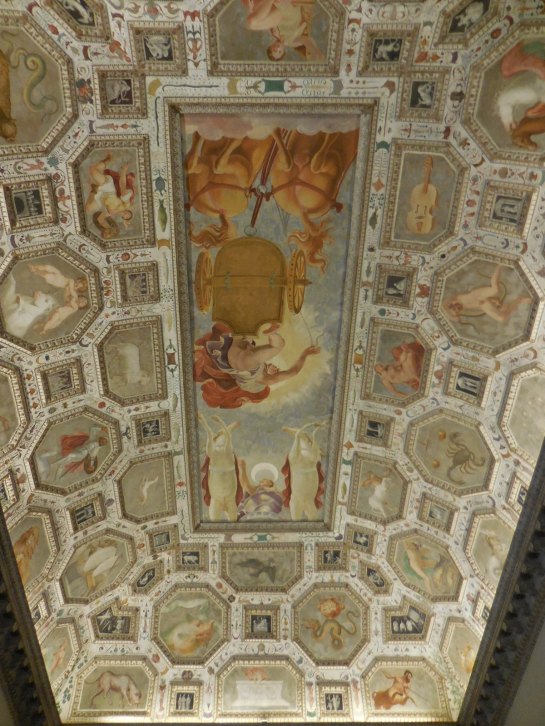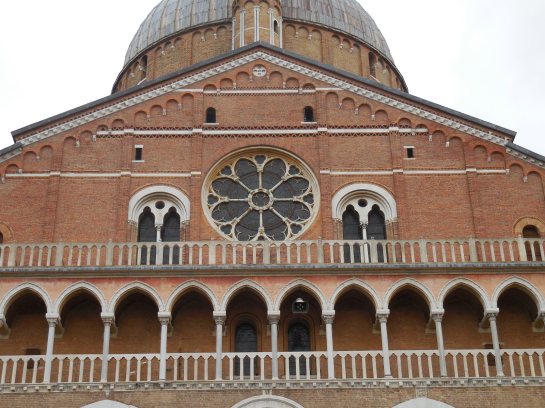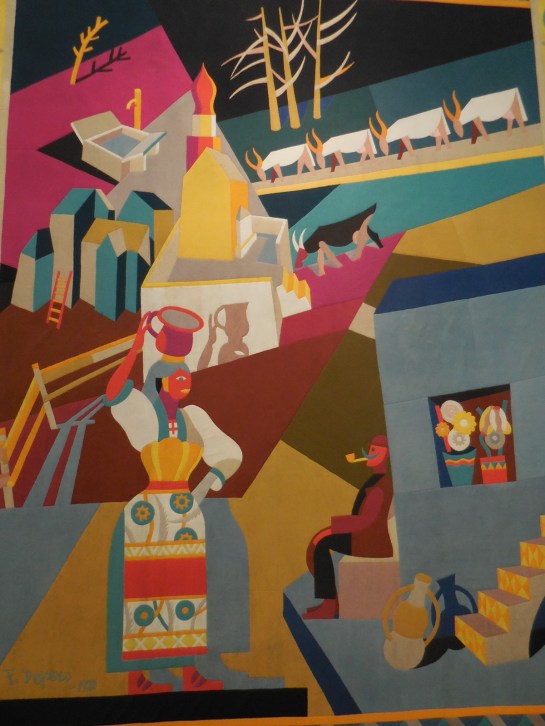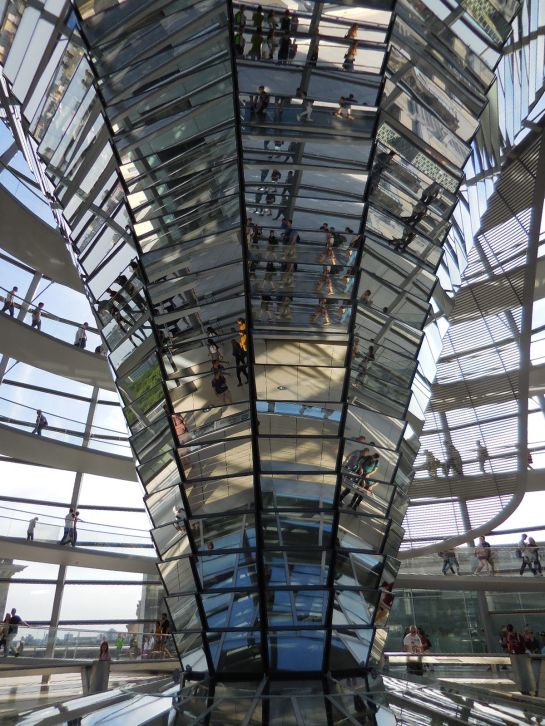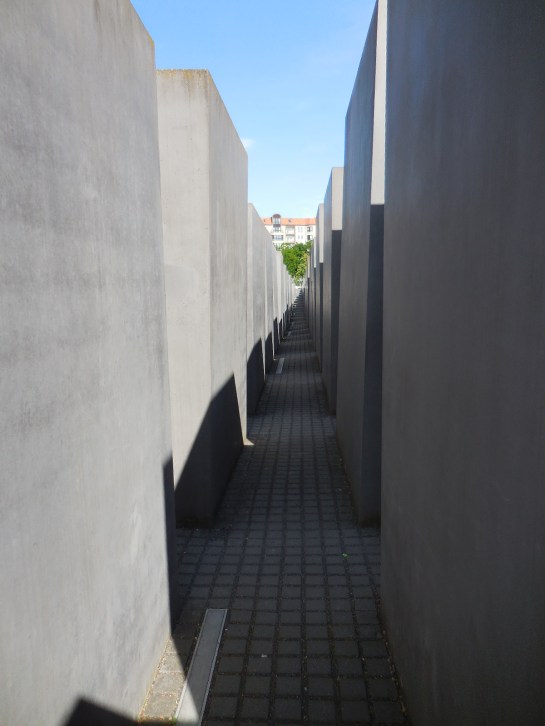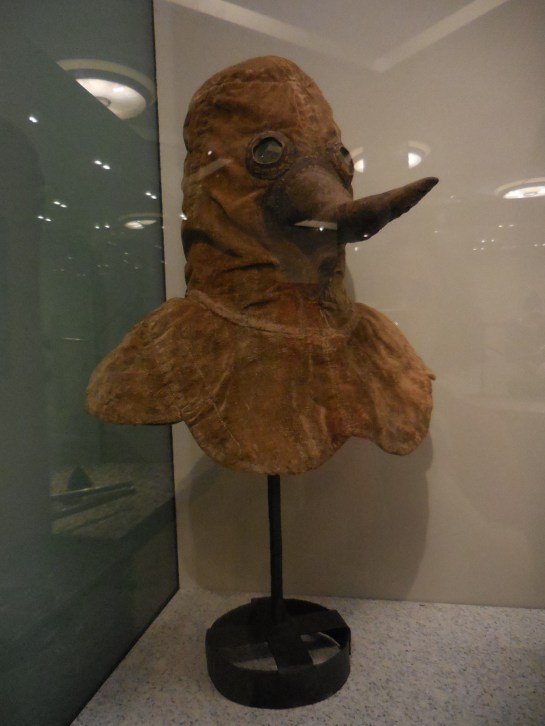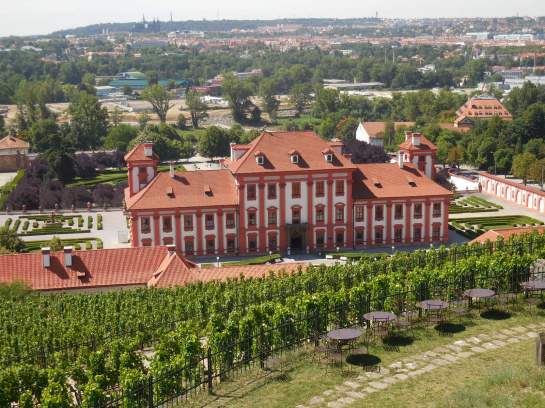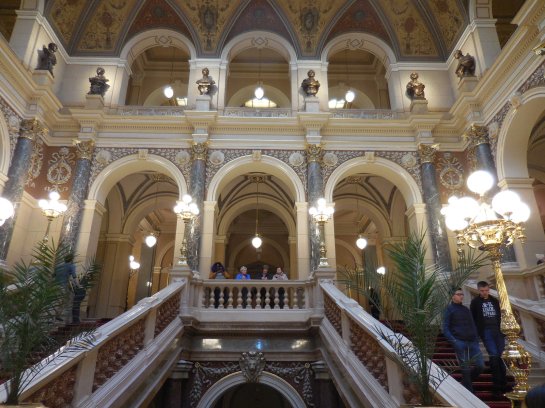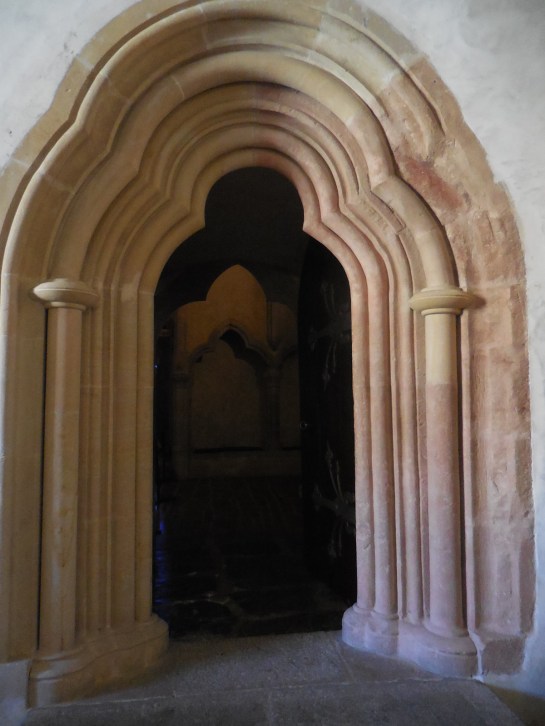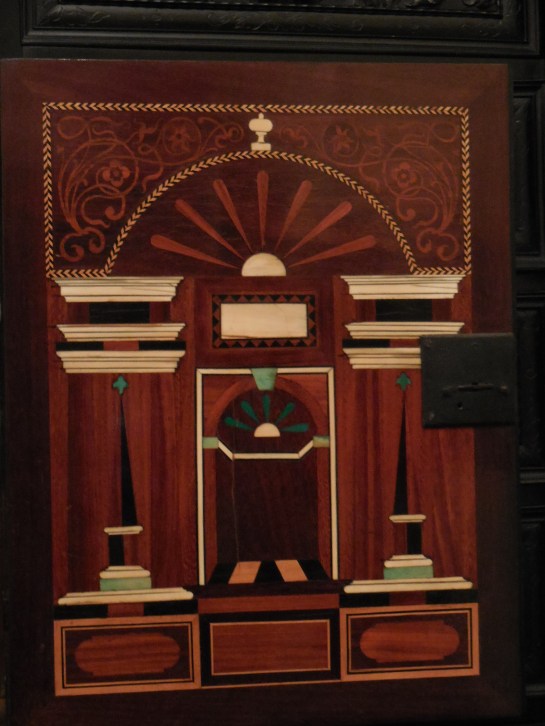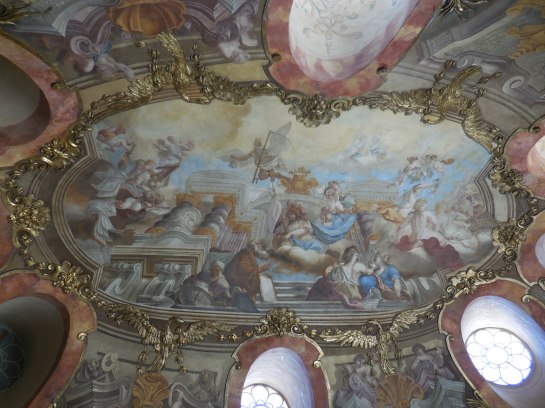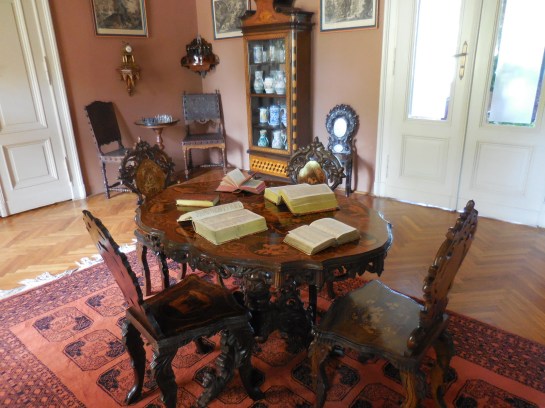
I had wanted to visit the City Museum of Prague again for some time, but I had just not gotten around to it. I remembered how the intriguing museum took visitors through the joys and disappointments of Czech history. This time, I went to see a temporary exhibition about Prague during the 20-year existence of the democratic First Republic, but, of course, I explored the entire museum as well.

It was even more impressive than I had remembered. In the main hallway, I saw the calendar dial for Old Town’s Astronomical Clock, painted in 1865 by well-acclaimed Czech artist Josef Mánes. The dial was divided into circular rings. I took notice of the medieval syllable calendar. The folk costume-clad figures represented the 12 months, celebrating Slavic identity. I recognized Troský Castle in the background for September, and I knew that December symbolized the tradition of Czech pig-slaughtering, a custom the European Union did not approve of. A castle addict, I was excited to see Bezděz Castle in the background of the portrayal of March as a young farmer did his ploughing duties in the foreground. I remembered walking 4 kilometers from the train station to the ruins of Bezděz. It had entailed two kilometers of a steep, rocky incline that led to the remnants of what must have been at one time an impressive castle. I liked walking around the ruins, several pages that described each part in my hand, trying to imagine what it had looked like in its heyday. I wasn’t a big fan of ruins, but this one had charmed me.

Mánes had also painted figures as zodiac signs. I saw dolphins with a plump cherub for Pisces. Sagittarius featured an Old Bohemian warrior while the depiction of Capricorn did not include any human figures but rather a cherub guiding a goat.
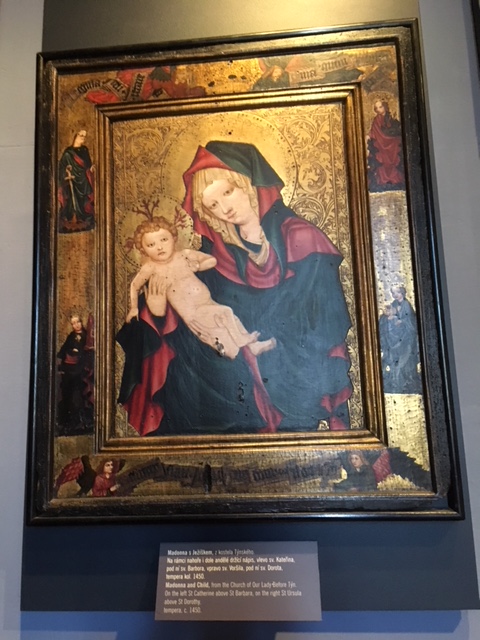
I also noticed that Romanesque elements had greatly influenced the adornment on the dial. I recalled the Romanesque church in Regensburg, Germany, the façade an architectural delight. I had also seen many churches with Romanesque features in Czech villages. At the ruins of Vyšehrad Castle in Prague, St. Martin’s rotunda fit the Romanesque style.

I walked into the prehistory section, not knowing if I would find it interesting as prehistory was not my cup of tea. I discovered that the first archeological find in Prague was unearthed near St. Matthew’s Church in Prague’s sixth district, a nice walk from where I had lived for many years. The small church had an intimate flair, and if I had been religious, I would have gone there for services. I would also like to be buried there. It is a relatively small and beautiful cemetery in my favorite section of Prague, but I do not think that would be possible. The cemetery is home to some famous Czech artists – architect Pavel Janák and actor Jiří Kemr.

I also learned that the first farmers in Central Bohemia came in 6 BC. Another interesting fact was that the Celts, in the second half of 1 BC, were the first people to wear trousers in Central Europe.

The medieval displays were eye-catching. Frescoes and wall paintings from Prague houses were highlighted. I read that Prague’s boroughs were created in the 13th and 14th centuries when a medieval fortress had been built. I already knew the Old Town was founded by King Wenceslas I during the 1230s. I read about the origins of the various districts of Prague. A statue that got my attention showed Christ in agony, hailing from 1413 and made of linden wood. Ceramic stove tiles showed pictures of Hussite soldiers from the 15th century, when the Hussite wars ravaged the Czech lands.

Rudolf II’s Prague was also featured in the museum section that documented Prague from 1434 to 1620. Artists had flocked to Prague, which had made a name for itself as a center of European Mannerism. Rudolf II’s collection of art and curiosities was certainly impressive. An art gallery at Prague Castle displayed much art that had been attained during his reign. I had also seen many of Rudolf II’s curiosities in the Kunsthammer in Vienna.


Of course, the Thirty Years’ War was given much attention, as the Catholic victory over the Protestants would greatly influence Prague and Czech history for hundreds of years. Before the war, there were many Ultraquists in Prague society. The defining battle for the Czech lands was at White Mountain in Prague during 1620. The townspeople of Prague were not happy with the then current legal, economic and political roles of towns and took part in this battle. During the war, the Saxons occupied Prague, and the Swedes pillaged and bombed the New Town in Prague.


I remembered living near the Vltava embankment in the pleasant New Town. I tried to imagine the damage and destruction that those bombs had brought to the quarter. It must have been a devastating sight. Prague became part of a province after the war, and Baroque art and architecture became the fashion. In 1624 Catholicism became the only religion allowed in the Czech lands. During the Baroque period, Czech artists including the Dientzenhofer family of architects, sculptor Matthias Bernard Braun as well as painters Karel Škréta, Petr Brandl and Norbert Grund made their way to Prague in 1710 and had a great influence on the art in the city.



The reign of the Habsburgs brought with it a long period of Germanization and a centralized monarchy that dominated the 18th century. Some of the exhibits on display from this century were intriguing, to say the least. A table clock took on a macabre character, featuring a skeleton wielding a scythe. There was also a wooden throne from St. Vitus Cathedral, made in the second half of the 17th century. A glass garden with musicians and nobles was another impressive creation.


Then Prague experienced peace for 100 years. The exhibition ended with the Baroque section, but there was more to the museum, specifically Antonín Langweil’s model of Prague, constructed from 1826 to 1837. He had worked in the University Library at the Clementinum when he was not creating this amazing three-dimensional model of the city. The precision and detail left me in awe. He did not finish the project, but what he did create is astoundingly beautiful and innovative. I saw many sights I had first become acquainted with when I was a tourist in the city during the summer of 1991 – Prague Castle, the Charles Bridge and the Lesser Quarter’s main square as well as the Old Town, St. Vitus Cathedral and the Old Jewish Cemetery.

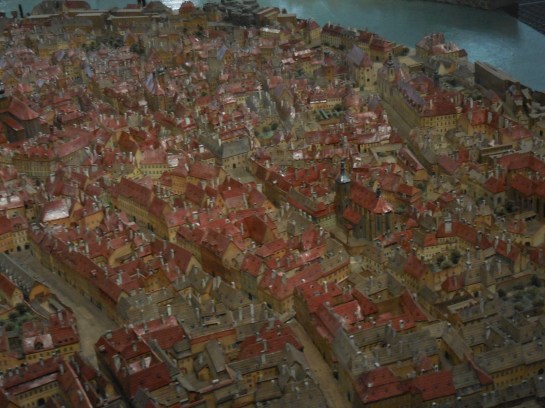
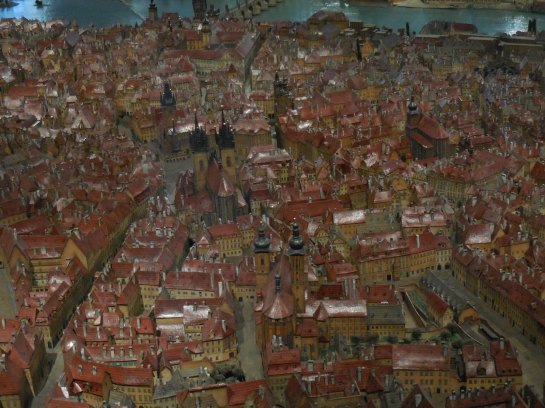
I recalled walking to Prague Castle across the Charles Bridge early each morning when I first moved to Prague and lived in the Old Town. I would never forget standing below the balcony of Prague Castle on a frigid February evening in 1994 while Václav Havel gave a speech as the first President of the newly created Czech Republic, his wife Olga by his side. I recalled the moment I had set my eyes on Old Town Square for the first time, back in 1991, feeling at once that I had found my true home.



What I found just as impressive as the exhibits were the richly adorned coffered ceilings in the museum. The painting is incredible. One used to be in a house in Prague and hails from the 17th century. On walls of the upper floor is a magnificent painting of the city.
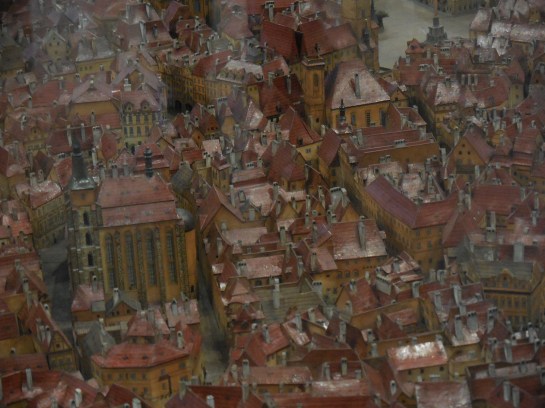
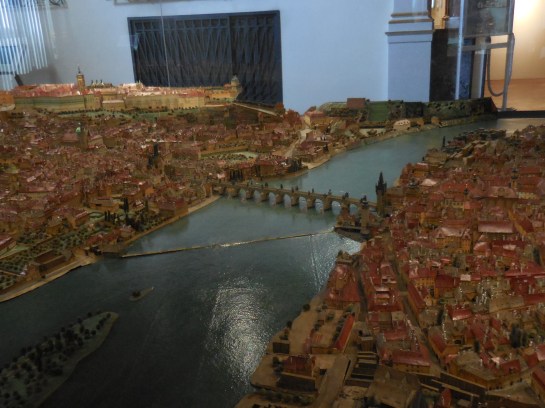
While I already had a solid foundation in Czech and Prague history before this visit, I realized how important this museum would be as a learning experience for tourists who really wanted to become acquainted with the historical events that had shaped the city’s identity through the Baroque era.


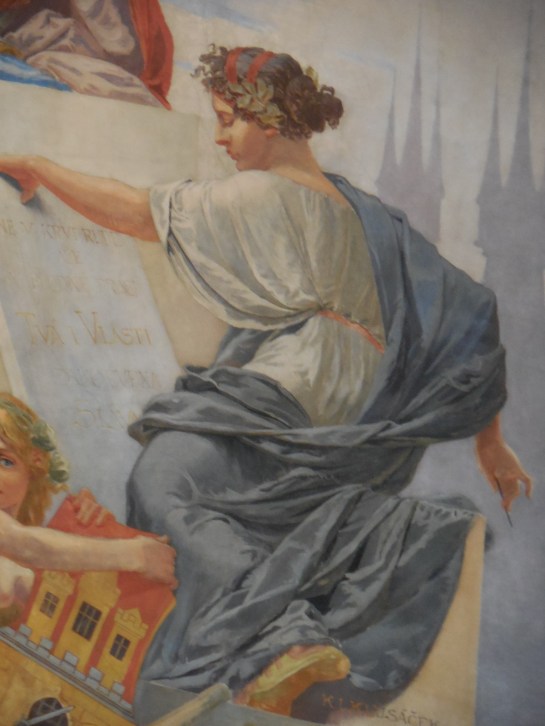
It was such a shame that the displays ended with the Baroque era, but there was no more space in the museum. I thought that a museum of more recent history should be created with a special room celebrating Václav Havel as a dissident, playwright and president of Czechoslovakia and the Czech Republic.


Walking through this museum, I was moved by the lands’ often tumultuous history and reminded how the history of the city seeps into my soul every day, no matter where I am. Just looking around me, I feel the history, which is one of the traits I like most about Prague. It is one reason I feel at home here and don’t want to leave.
Tracy Burns is a writer, proofreader and editor in Prague.







